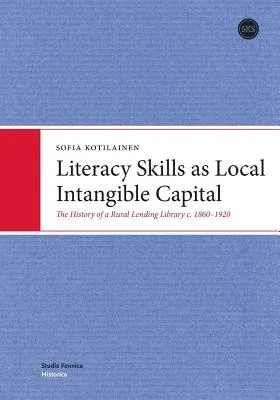Sofia Kotilainen
(Author)Literacy Skills as Local Intangible CapitalPaperback, 27 March 2019

Qty
1
Turbo
Ships in 2 - 3 days
In Stock
Free Delivery
Cash on Delivery
15 Days
Free Returns
Secure Checkout
Print Length
368 pages
Language
English
Publisher
Suomen Kirjallisuuden Seura
Date Published
27 Mar 2019
ISBN-10
9522227390
ISBN-13
9789522227393
Description
Product Details
Author:
Book Format:
Paperback
Country of Origin:
US
Date Published:
27 March 2019
Dimensions:
25.4 x
17.78 x
1.93 cm
ISBN-10:
9522227390
ISBN-13:
9789522227393
Language:
English
Pages:
368
Publisher:
Weight:
635.03 gm

